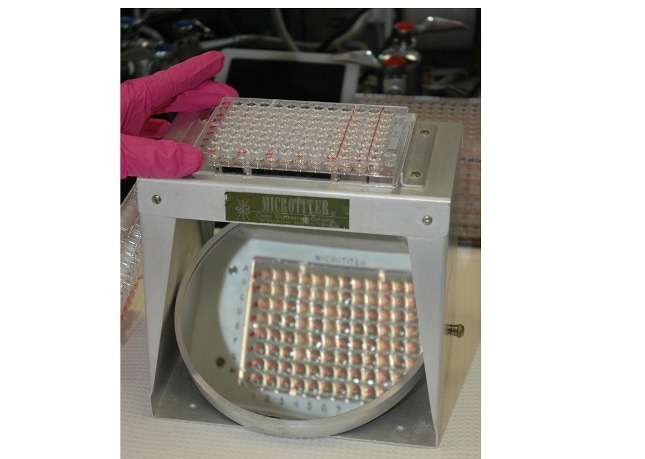May 20, 2013

The National Veterinary Services Laboratory (NVSL) at Ames, IA, confirmed on Thursday that Porcine Epidemic Diarrhea Virus (PEDV) has been identified in Indiana, Iowa and Colorado.
PEDV is a coronavirus associated with outbreaks of diarrhea and vomiting in swine and appears clinically similar to Transmissible gastroenteritis (TGE), according to information released by the Iowa Pork Industry Center and the Iowa State University Veterinary Diagnostic Laboratory (ISU-VDL).
PEDV is not a zoonotic disease, so it poses no risk to other animals or humans. And it poses no risk to food safety, the National Pork Board says.
PEDV also causes significant mortality in baby pigs less than 3 weeks of age, as well as diarrhea in old pigs, sows and vomiting in sows, Rensselaer (IN) Swine Services adds.
Disease Detection
According to the American Association of Swine Veterinarians (AASV), veterinarians who suspect PEDV, which is transmitted via the fecal-oral route, should contact a veterinary diagnostic laboratory to determine what samples should be submitted. ISU-VDL is well prepared to diagnose PEDV (http://vetmed.iastate.edu/vdpam/disease-topics/porcine-epidemic-diarrhea-ped-diagnostic-testing) and other pathogens that mimic PEDV.
Currently, testing capacity to detect PEDV is limited. However, high-capacity PEDV tests are being developed and will soon be implemented, AASV says. Generally, submissions should include live pigs in acute stages of disease, several segments of fresh and formalin fixed small intestine and colon from several pigs euthanized in the acute stages of disease, fresh feces and tissue from a variety of other organs as appropriate. A fact sheet on the AASV Web site provides more information (https://www.aasv.org/aasv%20website/Resources/Diseases/PEDAASVQuickFacts.pdf.)
Prevention
TGE vaccines are not effective against PEDV. Current biosecurity methods effective against TGE are also likely effective for PEDV. Transmission is via direct or indirect exposure. Transport vehicles can quickly spread the virus, according to the ISU-VDL. Personnel directly exposed to virus-shedding pigs or fecal material on trucks, stockyards, slaughter facilities or other locations where pigs or employees have been exposed to infected pigs can track the disease.
Like what you’re reading? Subscribe to the National Hog Farmer Weekly Preview newsletter and get the latest news delivered right to your inbox every Monday!
Several disinfectants have been demonstrated effective at inactivating PEDV, including formalin (1%) sodium carbonate (4% anhydrous), lipid solvents and strong iodophors (1%) in phosphoric acid. Products include Clorox, Virkon S 1 Stroke Environ and Tek-Trol.
Sanitizing and drying or heating pig trailers is effective against PEDV, the ISU-VDL says. Temperatures above 150 degrees F for more than 10 minutes will inactivate the virus. Provide a minimum of 12 hours downtime between pig exposures. A complete change of clothing, shower systems and fumigation of all supplies and equipment before entering the farm are, when used in combination, an effective deterrent against people tracking the virus, the ISU-VDL says.
Disease Origin
PEDV exists in many parts of the world and is not considered a foreign animal disease in the United States, the AASV says. It was first diagnosed in Great Britain in 1971 and has been identified in a number of European countries and Canada, and more recently diagnosed in China, South Korea and Japan.
The U.S. Department of Agriculture, state animal health officials, AASV and veterinarians at the National Pork Board will issue recommendations to producers as necessary.
You might also like:
National Hog Farmer Announces the 2013 Masters of the Pork Industry
Temple Grandin Guides Video Tour Behind “Glass Walls” of Pork Processing Plant
Canadian Pork Producers Reboot
Smithfield Removes 50% Hogs off of Ractopamine
Finding Solutions for Seasonal Infertility in Sows
You May Also Like



